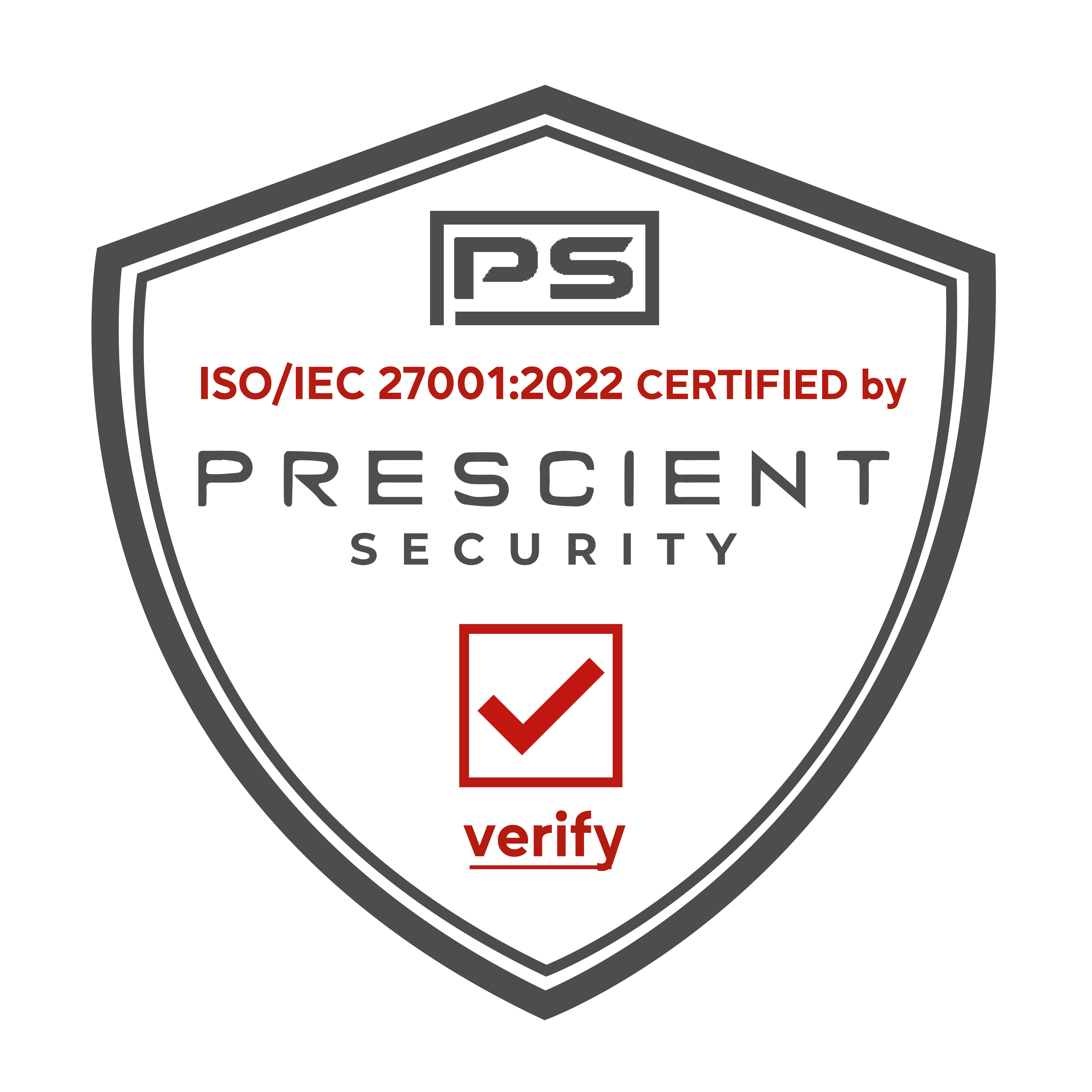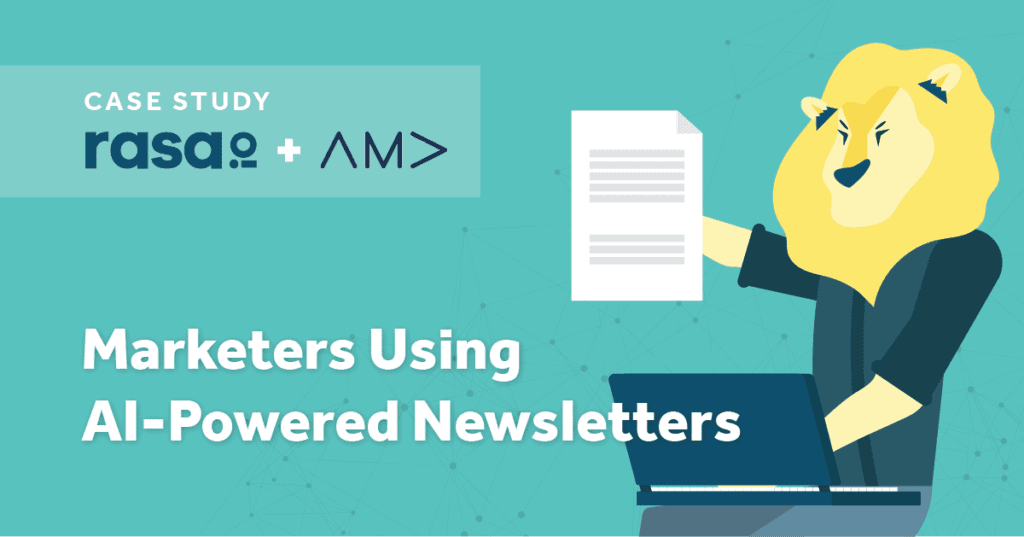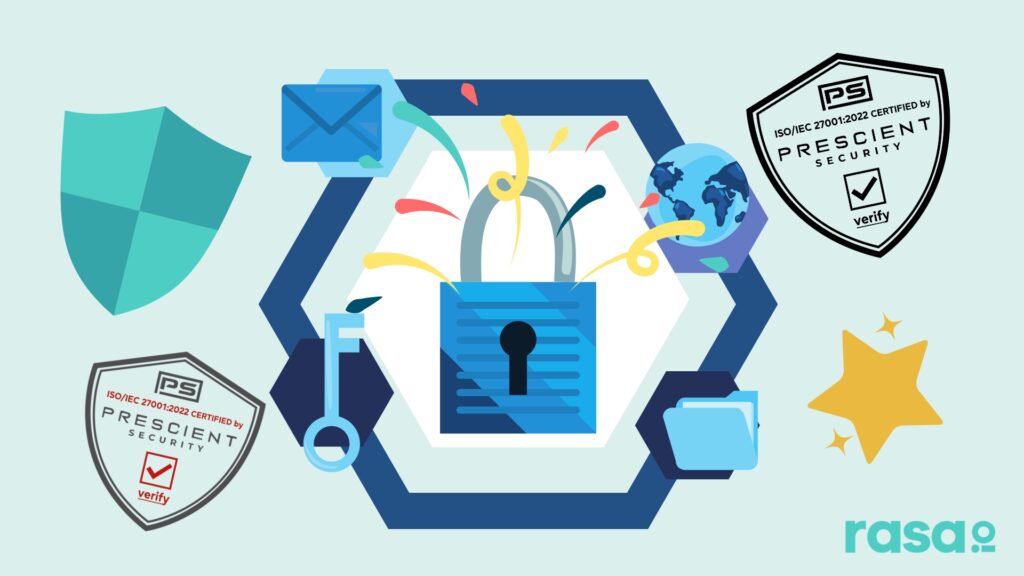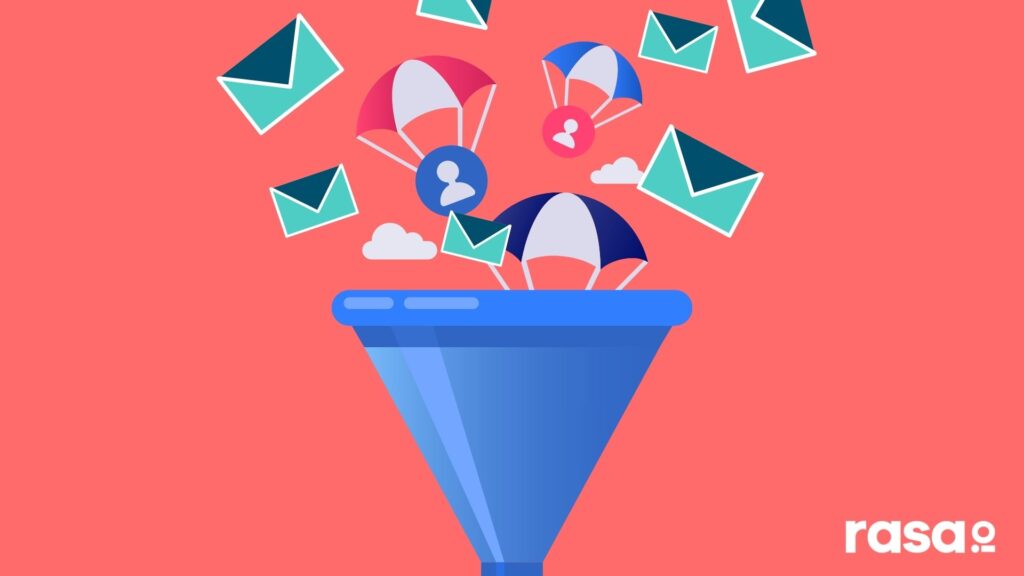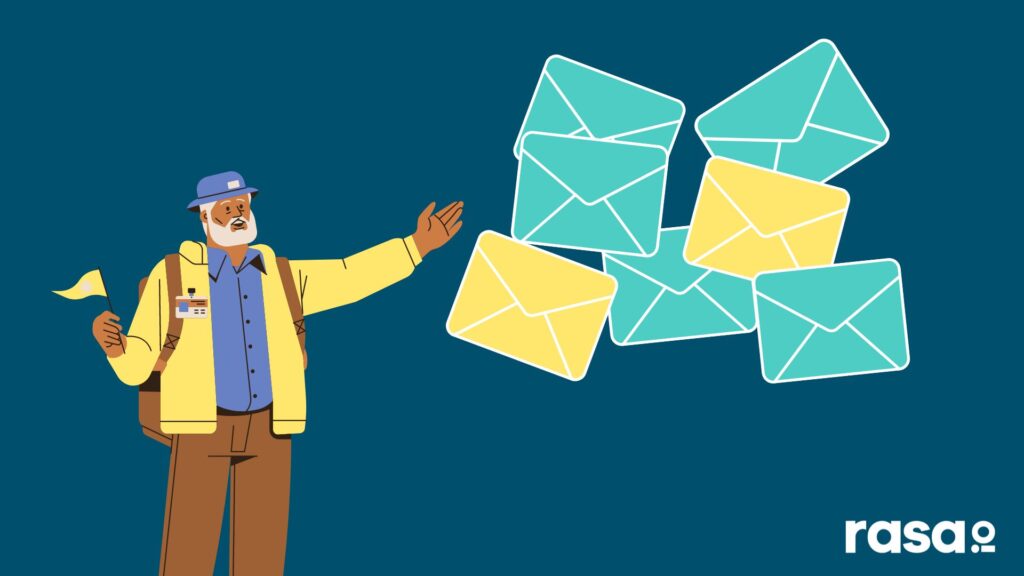Email communication remains a crucial component of businesses’ marketing strategies, big or small. In an era where billions of emails are sent daily, ensuring your email newsletters reach your target audience’s inbox is imperative.
This article will guide you on the key components of an email infrastructure that guarantees maximum newsletter deliverability. Topics include:
- Email authentication protocols
- Dedicated IP addresses
- Selecting a reliable email service provider (ESP)
- And monitoring deliverability.
By the end of this article, you’ll have a clear understanding of the steps to take for a successful email marketing campaign.
☝️ The Importance of Email Infrastructure
A robust email infrastructure is the backbone of your marketing efforts for email newsletters. It lays the foundation for maximum newsletter deliverability and reduces the risk of blacklisting. When setting up your email infrastructure, consider factors such as authentication protocols, IP addresses, and ESPs.
By implementing a robust email infrastructure, such as an API email sender, businesses can maximize the deliverability of their newsletters and ensure they reach the inbox of their target audience. And focus your marketing resources on other channels, such as social media, paid search, and advertising, while still achieving desired outcomes. The more successful your email campaigns are, the more likely you are to drive traffic to your website, increase sales, and acquire new customers.
Email also serves as a direct channel to reach out to your audience and keep them engaged with your brand by promoting products, events, and relevant content.
Setting up an email infrastructure allows you to avoid being blacklisted and ensures that your emails reach customers’ inboxes. When you set up an email infrastructure, you reduce the likelihood of your emails being flagged as spam. This can help you improve conversion rates, increase sales, and keep your customers happy.
🚪 Authentication Protocols
With the increase in phishing attempts and spam emails, it’s essential to ensure that the source of your email newsletters is validated and secure.
Enter email authentication protocols. These protocols help to protect both the sender and the receiver against potential phishing and unwanted spam. Two commonly used protocols are Open Authentication (OAuth) and Sender Policy Framework (SPF).
OAuth: The User-Consented Authentication Protocol
OAuth is an open protocol that allows users to authenticate themselves by providing an access token. This type of authentication requires the user’s consent to the use of their identity, ensuring that the email comes from a trusted source. OAuth is a secure and user-friendly way of ensuring the validity of an email’s source, making it a popular choice for email authentication.
SPF: Authenticating the Sender’s IP Address
Sender Policy Framework (SPF) is a protocol that authenticates the IP address of the sender by adding a DNS entry to your server. This helps to determine the origin of the email and prevents it from being flagged as spam, even if the recipient is a valid subscriber.
Setting up SPF correctly is crucial for effective email marketing. An improperly configured SPF can result in emails being marked as spam, negatively affecting your deliverability and reputation as a sender.
Email authentication protocols are the cornerstone of secure and effective email marketing. By using OAuth or SPF, you can ensure that your emails are delivered to the recipient’s inbox and build trust with your audience. So, set up your email authentication protocols correctly and take the first step toward a successful email marketing strategy.
🏠 Setting Up a Dedicated IP Address
When you want to protect your brand from being blacklisted, it’s a good idea to set up a dedicated IP address for email newsletters. This allows you to reduce the risk of your IP address being associated with malicious activity. It also helps you avoid situations where someone else is sending emails with your brand name, which can result in your reputation being damaged.
When setting up a dedicated IP address for email newsletters, you’ll need to choose a provider that has an IP address that’s not blacklisted. There are several IP reputation services you can use to find a provider. You can also use free IP reputation tools, such as SecurityScorecard, that provide valuable insights into the health of your IP address, including blacklists and spam traps.
👇 Choosing the Right Email Service Provider
An ESP is a service that sends and/or hosts your emails for you. When deciding on an ESP, it’s important to select a reputable provider that will deliver your emails to your subscribers. You also want to make sure the ESP can handle your email volume.
When selecting an ESP, you should consider factors like reputation, cost, features, reliability, and reputation.
Reputation is significant when selecting an ESP because it can determine your deliverability. If the ESP has a bad reputation, your emails will most likely be flagged as spam. It’s also essential to make sure that the ESP can handle your email volume. Otherwise, you could experience an increase in deliverability issues.
When selecting an ESP, you should always get a free trial to see if it meets your needs. This will give you time to make sure the ESP is right for your business. You should also check for any hidden costs, such as the number of emails that can be sent per day, how often you can send, and the number of email addresses you can use.
It’s also important to make sure your ESP has a good track record when it comes to deliverability. You can do this by checking reviews and ratings from previous customers.
🖥️ Monitoring Deliverability
Before sending emails, it’s essential to monitor deliverability to ensure your emails reach the intended recipients. If your emails are being flagged as spam, your subscribers won’t receive your emails. If a large portion of your subscribers is not receiving your emails, your business can suffer significant losses.
It’s influential to monitor deliverability to make sure your emails are not being flagged as spam. Some services offer email deliverability tracking, such as email service providers, marketing software, and external monitoring tools.
Tip: Incorporating a dedicated API email sender and avoiding the use of a “no-reply” email address can significantly enhance the deliverability of your marketing newsletters and foster better engagement with your audience.
However, it’s significant to note that email deliverability is a fluid situation that changes daily. You can monitor your deliverability by setting up email tracking. This allows you to monitor critical deliverability metrics, such as open rates, click-through rates, and spam complaints. You can do this by integrating your email marketing software with your ESP.
🔎 Email subject lines and content optimization
The success of your email campaign lies not just in its content, but also in the subject line and the way the content is presented. So, how to optimize email subject lines and content to make your email campaigns more effective.
Subject Line Optimization
The subject line is the first thing that your audience sees, and it is critical to make a great first impression. A well-crafted subject line can encourage the recipient to open your email, while a poorly written subject line can lead to your email being ignored.
Here are a few tips to help you optimize your subject lines:
| Be concise | Subject lines should be short, concise, and to the point. Aim to keep them under 50 characters if possible |
| Be relevant | The subject line should be relevant to the content of your email. If the recipient does not understand what the email is about from the subject line, they are unlikely to open it |
| Use personalization | Personalizing the subject line with the recipient’s name or other relevant information can increase the likelihood of your email being opened |
| Make it urgent | Creating a sense of urgency in the subject line can encourage the recipient to open the email immediately |
| Test and iterate | A/B testing your subject lines can help you determine which subject lines are most effective. Regular testing and iterating can help you refine your subject line strategies over time |
Content Optimization
The content of your email is just as important as the subject line. Here are a few tips to help you optimize your email content:
|
Be clear |
The content of your email should be clear, concise, and easy to understand. Use simple language and avoid using technical terms unless necessary |
|
Provide value |
The content of your email should provide value to the recipient. This could be in the form of information, a special offer, or something else that the recipient finds valuable |
|
Use images |
Including images in your email can help to break up text-heavy content and make the email more visually appealing |
|
Call to action |
Including a clear call to action in your email can encourage the recipient to take a specific action, such as making a purchase or signing up for a newsletter |
|
Test and iterate |
Like subject lines, the content of your email should also be tested and iterated upon to see what works best for your audience |
🙅 Avoid trigger words that mark emails as spam
Crafting compelling subject lines and avoiding trigger words that can lead to emails being marked as spam are crucial to the success of an email campaign.
One popular technique for writing effective subject lines is to focus on the recipient’s interests and needs. This could mean including a benefit for the recipient, such as a discount or exclusive offer. Another approach is to create a sense of urgency, such as mentioning a limited-time sale or new product launch.
However, it’s also influential to avoid trigger words that can result in emails being marked as spam. Some common examples include “earn money fast,” “limited time offer” and “double your income.” It’s best to steer clear of these phrases, as well as avoid using all capital letters or excessive punctuation in the subject line.
⭐️ Best Practices for Ensuring Email Deliverability
Now that you know what it takes to set up an email infrastructure and monitor deliverability, let’s take a look at some best practices for ensuring maximum deliverability.
First, make sure that your ESP has an SPF record and an authentication method, such as OAuth. This will help protect you from being blacklisted.
Next, make sure that you have a low Bounce rate by sending a campaign to a segmented list. Send a test campaign to a small segment of your list. Analyze the results, and make any necessary changes before sending them to your entire list. Furthermore, always send emails from a verified domain. Avoid sending emails from free webmail providers, such as Gmail and Yahoo, because these emails often get flagged as spam.
Last but not least, always be careful when buying third-party lists. This is especially important because you could be buying a list that’s blacklisted.
✅ Conclusion
Email infrastructure can make or break your email marketing campaigns. It’s indispensable to select an ESP with reliable email hosting and an SPF record. It’s also significant to set up authentication protocols, such as OAuth and SPF, to protect your brand from being blacklisted.
Once you’ve set up your email infrastructure, you can focus on other marketing channels, such as paid search, social media, and paid ads, while still achieving the same level of success.
Email is a powerful marketing tool that can help you reach new customers, increase sales, and retain loyal customers.




